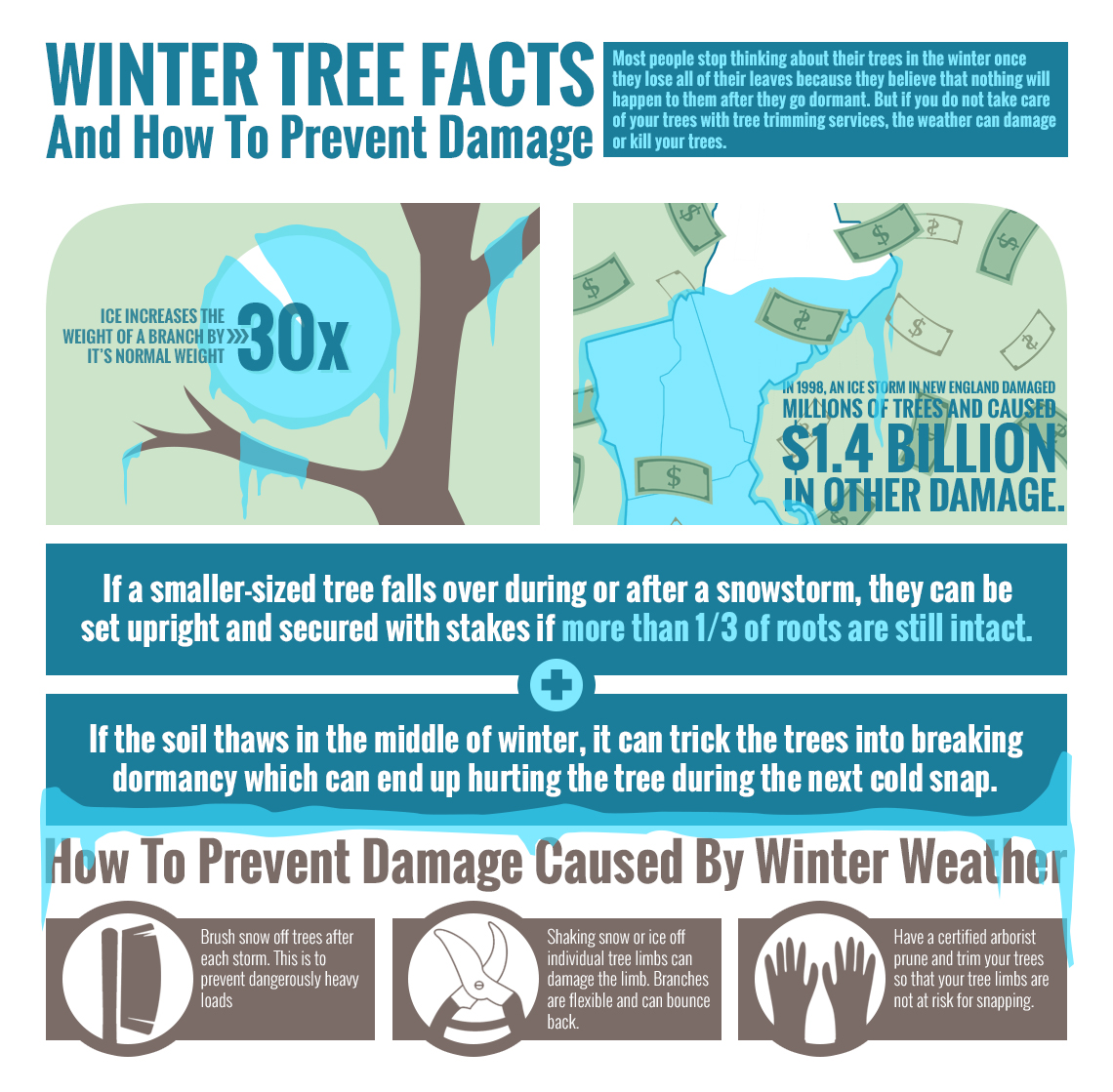Figure Out Exactly How To Promote A Durable Setting Post-Tree Removal
Figure Out Exactly How To Promote A Durable Setting Post-Tree Removal
Blog Article
Content Create By-
When it pertains to seasonal tree treatment, ensuring appropriate monitoring before and after removal can dramatically affect the wellness and visual appeals of your landscape. By understanding just click the following web page needed actions involved in analyzing tree health and preparing for removal, you can proactively protect your residential property. Yet what regarding just click the up coming document to follow once the tree is gone? Stay tuned to discover the essential post-removal care procedures that will certainly aid you cultivate a growing and sustainable environment for your trees.
Pre-Removal Tree Treatment
Prior to addressing the removal of a tree, it's essential to prioritize pre-removal tree treatment. Start by assessing the tree's wellness and architectural honesty. Look for indications of disease, bug infestations, or any type of structural issues that might position a safety hazard throughout removal. It's necessary to talk to a licensed arborist to figure out the best strategy.
Trimming dead or infected branches can avoid further damages to the tree and ensure a smoother removal procedure.
In addition, think about the environmental effect of removing the tree. Trees play an important duty in our environment, so growing a brand-new tree in a suitable location can aid offset any type of loss. Ensure that you have the needed authorizations and consents for tree removal, specifically if the tree is shielded by neighborhood policies.
Seasonal Maintenance Tips
Assessing your tree's needs throughout the year is imperative for its health and durability. To keep your trees in leading problem, adhere to these seasonal maintenance tips.
In spring, focus on trimming to eliminate dead or damaged branches and encourage new development.
Summertime calls for regular watering, especially during droughts, to ensure your tree remains hydrated.
As loss methods, keep an eye out for early signs of disease or tension, and take into consideration using compost to protect the roots throughout winter months.
In winter, be cautious when getting rid of snow from branches to avoid breakage, and remain to check your tree's overall wellness.
Bear in mind to readjust your care regular based upon the specific needs of your tree varieties and local climate. By remaining attentive and positive throughout the periods, you can help your trees grow and grow for years to come.
Post-Removal Tree Treatment
To make sure the wellness of your landscape also after tree elimination, correct post-removal care is vital. After a tree is gotten rid of, it's vital to fill up the remaining hole with topsoil and small it to stop settling. This will assist preserve the integrity of the ground and avoid prospective dangers in the future.
Take into consideration planting new plants in place of the removed tree to restore the equilibrium and appearances of your landscape. Consistently water the location to advertise the growth of new plants and stop soil erosion.
Check the bordering trees for any signs of illness or stress and anxiety that might have been brought on by the gotten rid of tree. Keep an eye out for bugs that may've been drawn in to the previous tree and take safety nets to protect the remaining plants.
If essential, consult with an expert arborist to analyze the influence of the elimination on the bordering trees and establish any kind of extra treatment needed. By following these post-removal care actions, you can guarantee the ongoing wellness and beauty of your landscape.
Final thought
In conclusion, aggressive seasonal tree care is important for keeping the health and equilibrium of your landscape. By analyzing tree wellness, pruning, and consulting with an arborist before removal, you can make sure a safe process. After removal, filling the hole, planting new plant life, and routine watering will certainly promote new development and stop disintegration. Keep in mind to evaluate surrounding trees for condition and look for more care procedures from an arborist to keep your landscape growing.
